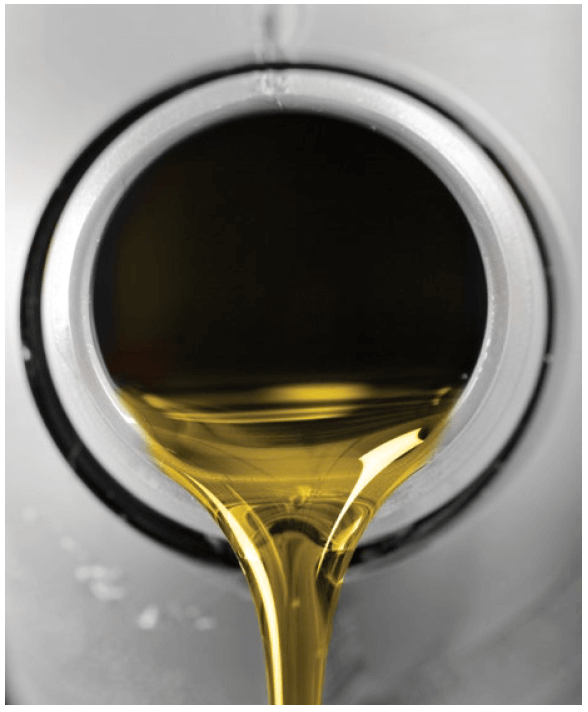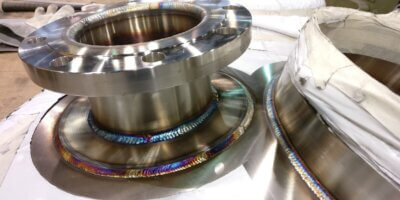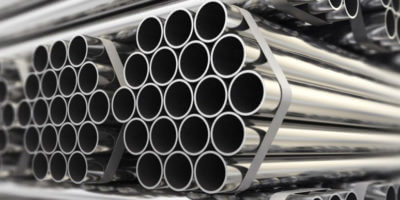What is viscosity?
Viscosity is a measure of a liquid’s resistance to flow. An example of this is, if you pour two liquids say water and honey down a sloped surface, honey will take more time than water to reach the finish line. So, we can say honey has more resistance to flow than water i.e. honey is more viscous than water. The opposite of viscosity is the better-known term fluidity.
At a molecular level viscosity is the result of interaction between the molecules of the fluid. This can be also understood as friction between the molecules in the fluid. When these intermolecular forces of attraction are strong within a liquid, there is a larger viscosity and vice versa.
Viscosity can be expressed in terms of either dynamic viscosity or kinematic viscosity.
Dynamic viscosity vs Kinematic viscosity
| Dynamic viscosity | Kinematic viscosity |
|---|---|
| Dynamic viscosity is also known as absolute viscosity. It is the ratio of the fluid's shear stress to its shear strain. | The dynamic viscosity of the fluid divided by the fluid’s density gives the kinematic viscosity. |
| The dynamic viscosity measures the resistance offered by the fluid to flow when an external force is applied. | Kinematic viscosity is used to measure resistance offered by the fluid to flow when no external force is applied to it except gravity. |
| The dynamic viscosity of two different fluids can be the same. | The kinematic viscosity of two different fluids cannot be the same due to the differences in their density. |
| Normally used for non-Newtonian fluid, where fluid characteristics change with the application of pressure. Determining the internal resistance of flow is important to calculate the force required to move the fluid. | Normally used for Newtonian fluid, where fluid characteristics do not change with applied force or shear rate. When the fluid is subjected to only gravitational forces, Kinematic viscosity is the best measurement. |
Units (SI) of Dynamic viscosity and Kinematic viscosity
| Unit of dynamic viscosity (in SI) | Unit of KInematic viscosity (in SI) |
|---|---|
| Units of dynamic viscosity in SI is pascal-second Pa·s or N·s/m2or kg/m/s. These units being very large often used unit is poise. 1 poise = dyn-s/cm2 = 10-1 N·s/m2 1 Pa·s = 10 poise (P) 1 Pa·s = 1000 centipoise (cP) | Units of Kinematic viscosity in SI is meters square per second (m2/s). These units being very large often used unit is stoke. 1 stoke = cm2/s 1 m²/s = 104 stoke 1 m²/s = 106 centistoke |
Conversion of the unit from centipoise (dynamic viscosity) to centistoke (Kinematic viscosity):
![]()
![]()
![]()
![]()
![]()
Example: what is the kinematic viscosity of a fluid in cSt of a liquid having a Dynamic viscosity of 30 cP and density of 850 kg/m3?
![]()



